As I stated in my Eccentric Transformer thread, I would provide some information on a new possible design, which is an extended use of the eccentric transformer theory.
To start, it is important to understand the "missing fundamental effect" and the Hyperphysics website describes it well.
"The subjective tones which are produced by the beating of the various harmonics of the sound of a musical instrument help to reinforce the pitch of the fundamental frequency. Most musical instruments produce a fundamental frequency plus several higher tones which are whole-number multiples of the fundamental. The beat frequencies between the successive harmonics constitute subjective tones which are at the same frequency as the fundamental and therefore reinforce the sense of pitch of the fundamental note being played. If the lower harmonics are not produced because of the poor fidelity or filtering of the sound reproduction equipment, you still hear the tone as having the pitch of the non-existant fundamental because of the presence of these beat frequencies. This is called the missing fundamental effect. It plays an important role in sound reproduction by preserving the sense of pitch (including the perception of melody) when reproduced sound loses some of its lower frequencies.
The presence of the beat frequencies between the harmonics gives a strong sense of pitch for instruments such as the brass and woodwind instruments. For percussion instruments such as the cymbal, the sense of pitch is less definite because there are non-harmonic overtones present in the sound."

In essence even if the fundamental tone is missing, either due to poor reproducibility or intentionally, it will be subjectively created through the beat frequencies of the natural harmonics.
To start, it is important to understand the "missing fundamental effect" and the Hyperphysics website describes it well.
"The subjective tones which are produced by the beating of the various harmonics of the sound of a musical instrument help to reinforce the pitch of the fundamental frequency. Most musical instruments produce a fundamental frequency plus several higher tones which are whole-number multiples of the fundamental. The beat frequencies between the successive harmonics constitute subjective tones which are at the same frequency as the fundamental and therefore reinforce the sense of pitch of the fundamental note being played. If the lower harmonics are not produced because of the poor fidelity or filtering of the sound reproduction equipment, you still hear the tone as having the pitch of the non-existant fundamental because of the presence of these beat frequencies. This is called the missing fundamental effect. It plays an important role in sound reproduction by preserving the sense of pitch (including the perception of melody) when reproduced sound loses some of its lower frequencies.
The presence of the beat frequencies between the harmonics gives a strong sense of pitch for instruments such as the brass and woodwind instruments. For percussion instruments such as the cymbal, the sense of pitch is less definite because there are non-harmonic overtones present in the sound."

In essence even if the fundamental tone is missing, either due to poor reproducibility or intentionally, it will be subjectively created through the beat frequencies of the natural harmonics.
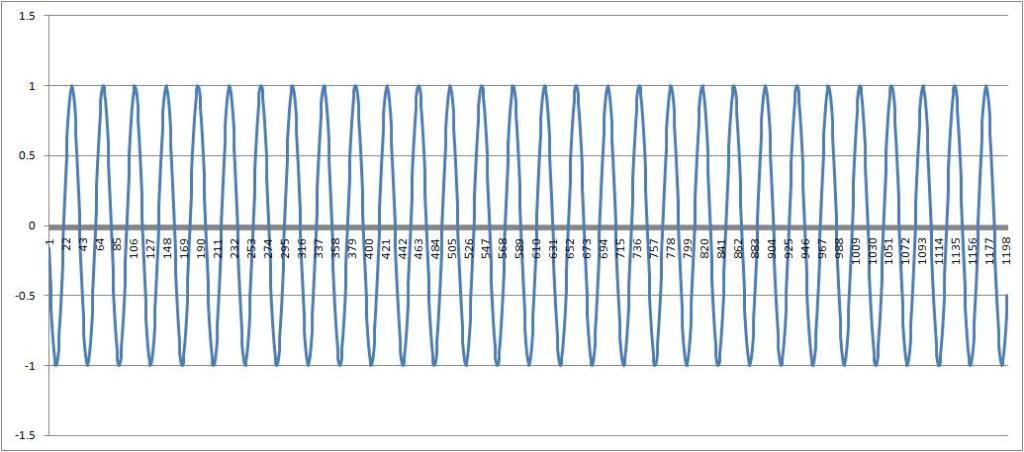
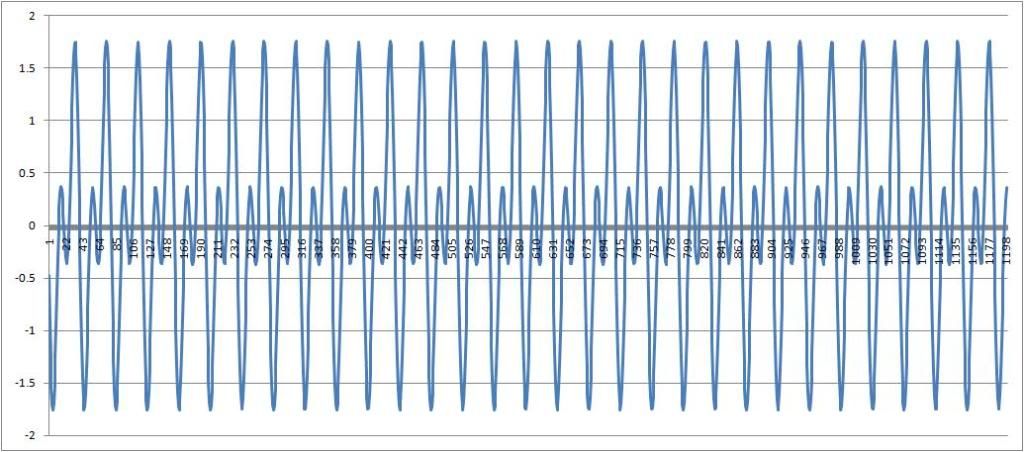
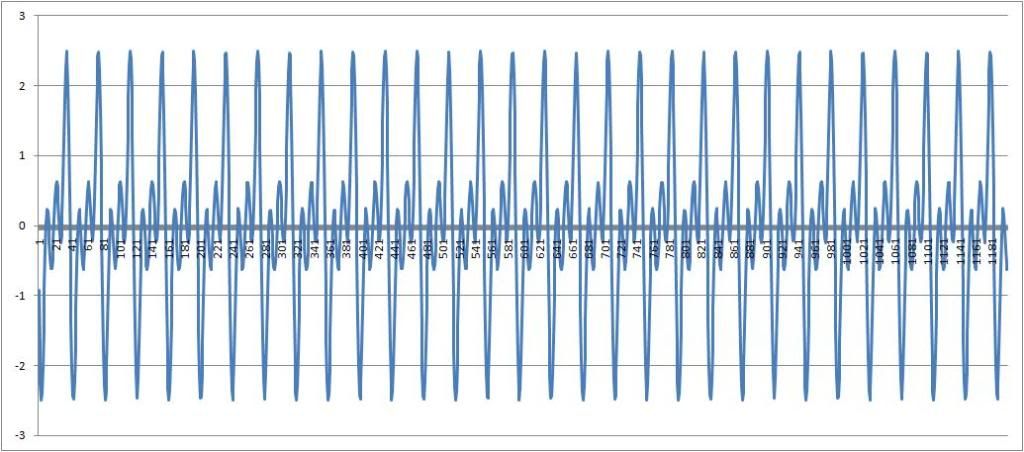
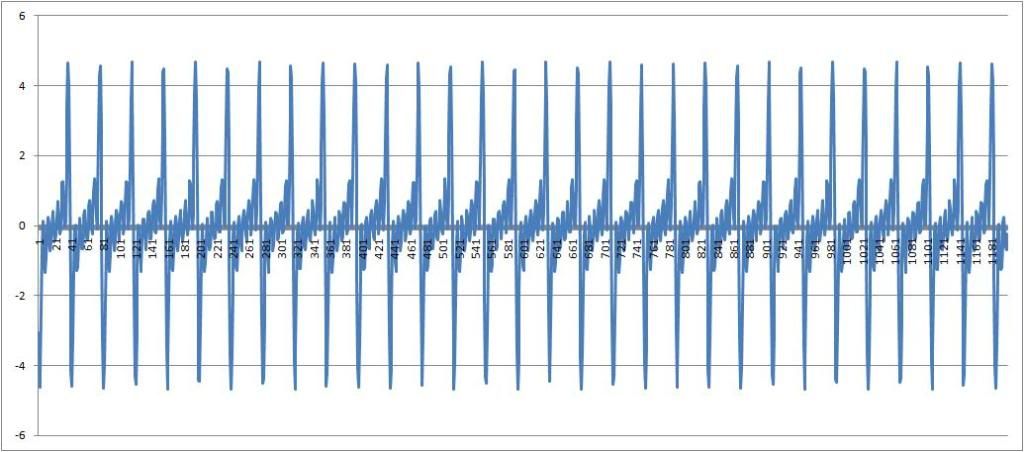
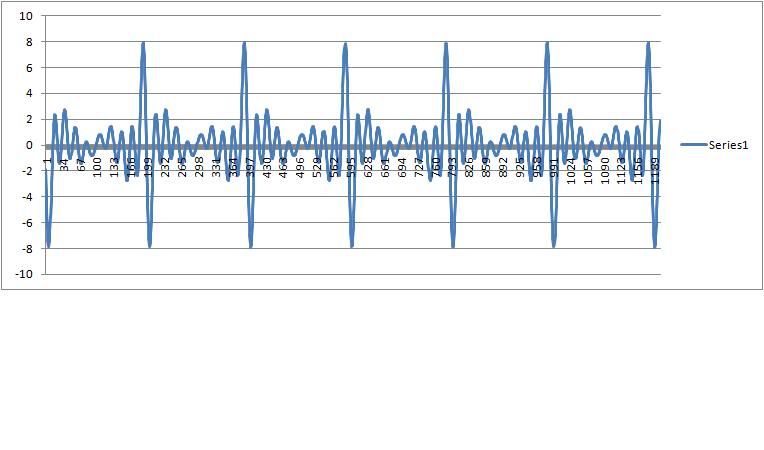
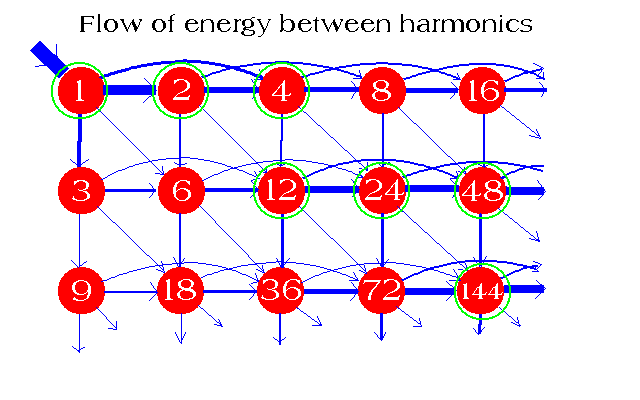
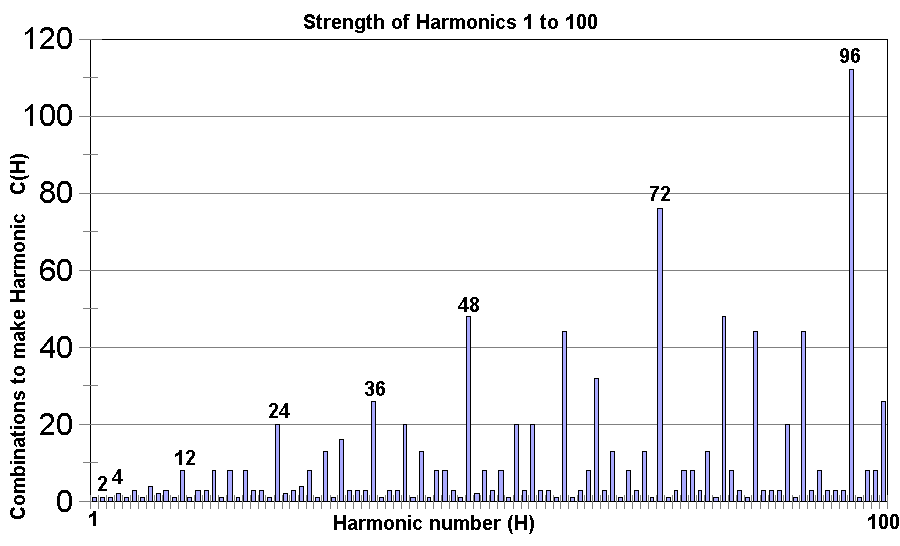
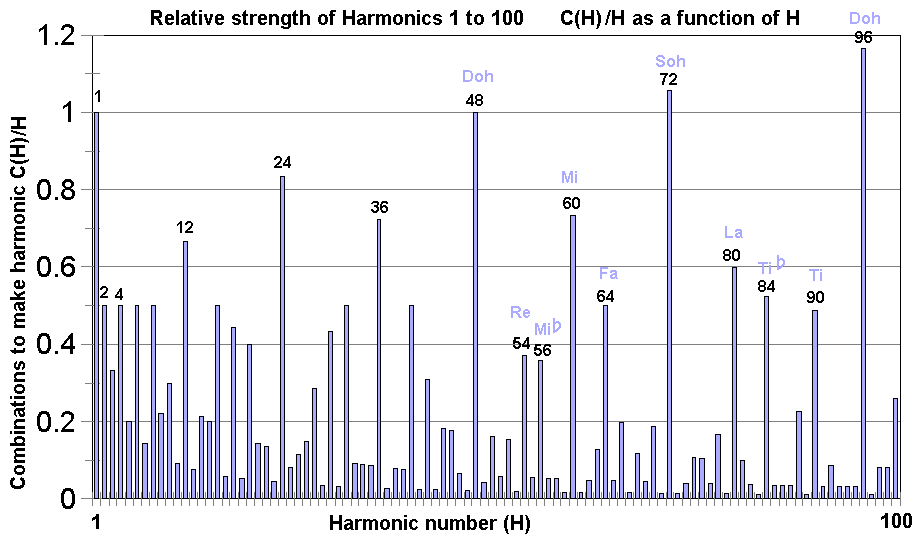
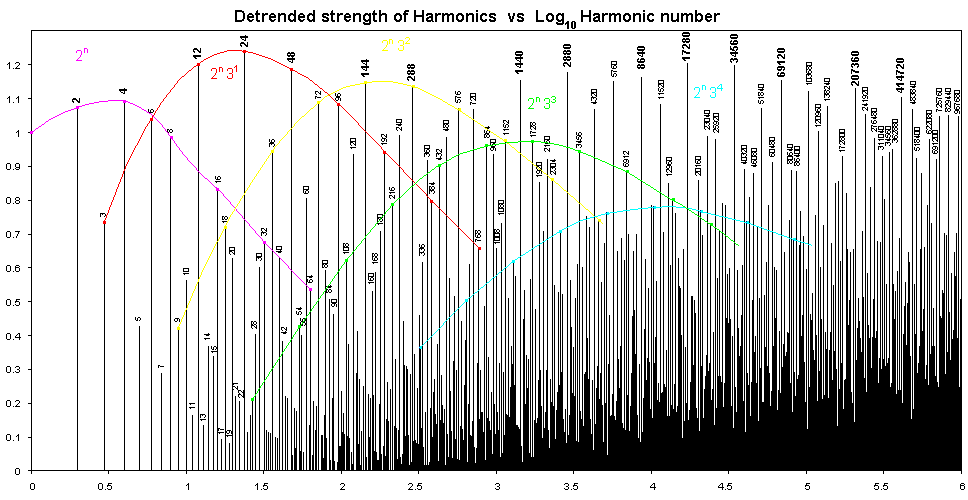



 ? Keep the info coming please, fascinating stuff.
? Keep the info coming please, fascinating stuff.
 .
. That really did tickle my imagination though.
That really did tickle my imagination though.
Comment